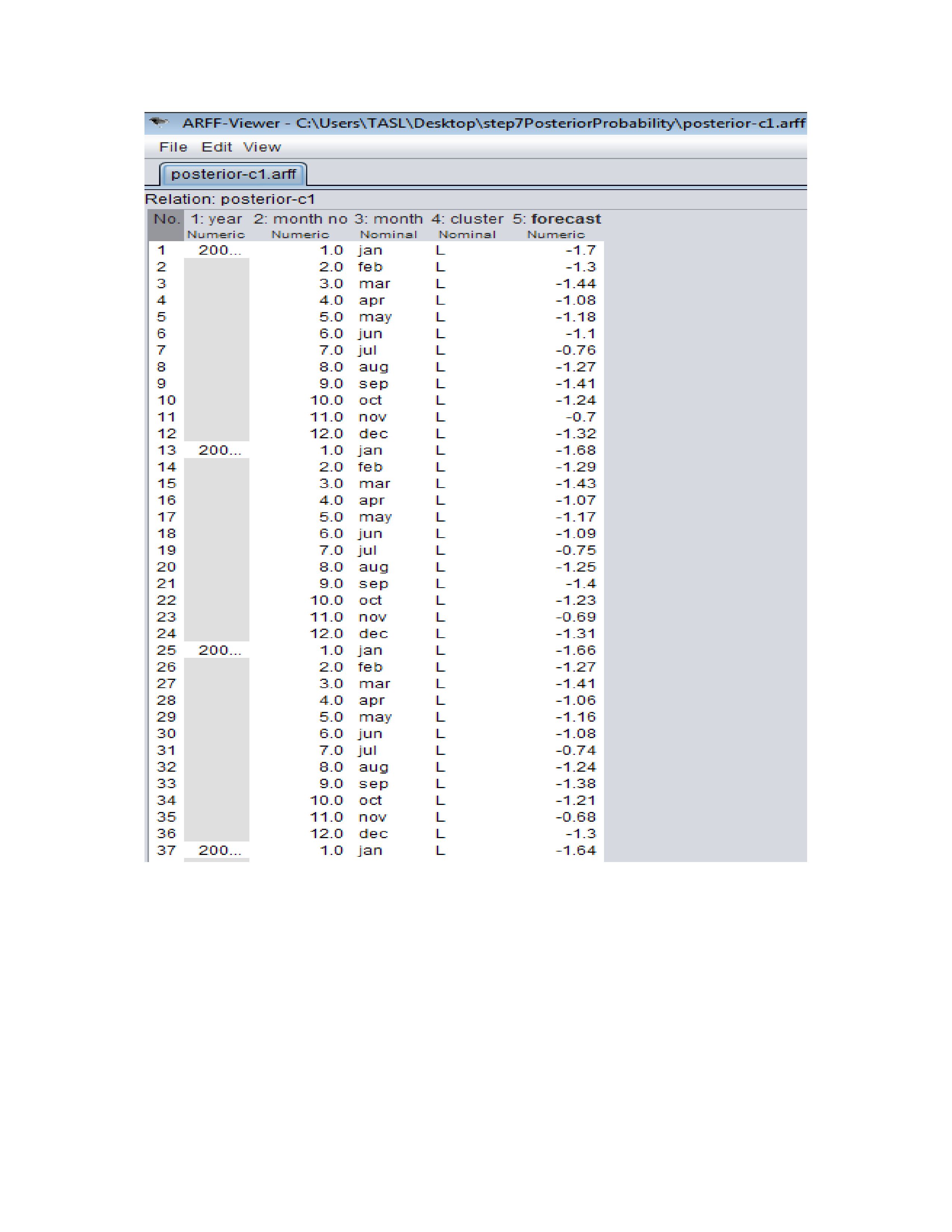Water Level Prediction in Water Shed Management Utilizing Machine Learning
Keywords:
Bayes Network, K-Means, Gradient Descent, J48 Algorithm.Abstract
Due to uneven rainfall, nowadays the amount of rain to be showered in a month is getting showered in few days. The massive wastage of water occurs due to irregular heavy rainfall and water released from dams. To avoid this, the proposal suggests an idea to develop a watershed and to predict the water level measurement by Bayesian classification, clustering, and optimization techniques. Artificial Neural Network is one of the previous techniques used to predict water level which gives approximate result only. To overcome the disadvantage, this proposal suggests an idea to develop the watershed by using different machine learning techniques. The level of water that can be stored is calculated using Bayes Network which will classify the data into labels according to the condition of the capacity of the minimum and maximum storage level of the watershed. The standardized data considered for the classification are normalized using the z-score normalization. Classification will represent the result by means of the instances that are correctly classified. The output of the classified data is fed into clustering algorithm where the labels are grouped into different clusters. The K-Mean algorithm is utilized for clustering which iteratively assign data point to one of the k group according to the given attribute. The clustered output gives the result of how many instances are correctly clustered. The clustered output will be refined for further process such that the data will be extracted as ordered dataset of year wise and month wise data. For the extracted data gradient descent algorithm is applied for reducing the error and predicting the amount of water stored in watershed for upcoming years by means of calculating the actual and prediction value. Later the result will be visualized in the form of graph. The obtained output is considered as an input for posterior probability that uses J48 algorithm which gives the result of probability of event happened after all the evidence is taken for consideration and gives the accurate result. The above methodology provides high performance and efficient result.

Published
How to Cite
Issue
Section
Copyright (c) 2021 Authors

This work is licensed under a Creative Commons Attribution 4.0 International License.








